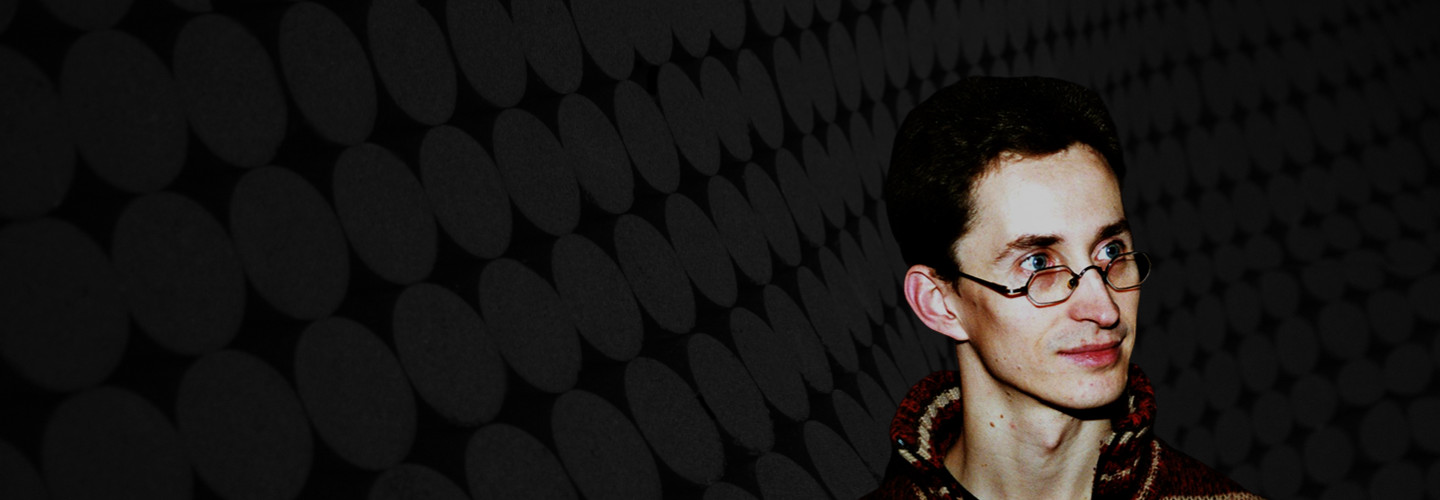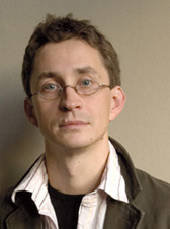

Vykintas Baltakas
Lift to Dubai
Short instrumentation: 1 1 2 1 - 1 2 1 0 - perc, pno, sampler, vln, vla, vc, cb, electronics
Duration: 28'
Instrumentation details:
flute
oboe
1st clarinet in C ( or cl(Bb))
2nd clarinet in Bb (+bass cl(Bb))
bassoon (+cbsn)
horn in F
1st trumpet in C (+tpt(Bb))
2nd trumpet in C (+tpt(Bb))
trombone
percussion
piano
sampler
violin
viola
violoncello
contrabass
electronics
Baltakas - Lift to Dubai for ensemble and electronics
Sample pages
Audio preview
Work introduction
‘into…’ was developed by Ensemble Modern and the Siemens Arts Program, in collaboration with the Goethe-Institut. It was an ambitious project that tried to cast the essence of four different cities in music. Does each city have a different sound? Can sound alone grasp the feeling of a city?
Sixteen composers spent a month discovering these four cities: Istanbul (Turkey), Dubai (United Arab Emirates), Johannesburg (Republic of South Africa) and Pearl River Delta (China).
It was my curiosity that prompted me to choose for Dubai. Historically, Lithuania didn’t have much contact with this part of the world.
Once a small settlement of fishermen and pearl divers, Dubai has transformed into a fast-paced go-getting metropolis. What struck me most was the advanced state of technology or architecture and the multicultural society. Over 85 per cent of the population consists of guest workers from Asia, the U.S.A., and Europe.
That is why I quickly abandoned my idea to zoom in on Arabic tradition, but focused instead on a different kind of authenticity. Intuitively I felt that the mercantile aspect of this society – the shopping mall, bazaar – is what links them to tradition more than the historical buildings in the old town that seem to signify little more than tourist attractions.
Instead of searching for ethnic music, I picked up a microphone and started recording the real city: people talking in underground tunnels, construction cranes, shopping malls, boats, local publicity and even my hotel TV set.
If such a profession existed, I would have described my work in those weeks as sound archeology. I was harvesting huge amount of sound: rattling and squeaking objects, humming machines, sounds of people and the things they bring with them, local and exotic.
Dubai felt to me as a recycled city: ideas, objects, people recollected from different places of the world, who built this place anew. I tried to do the same thing in my piece, transforming and rearranging the recorded material to create something new.
Electronics play an important part as I started reworking them into instrumented parts only later. This forced me to rethink the relationship between electronics and instrumentation. Transcribing recorded sounds for instruments was one thing. Putting these two sound sources together was another.
Mixing the – harmonically and sonorically impure – audio material with acoustic instrumentation, which has the polished quality of classical instruments, was quit thrilling. The resulting sonoric tension I believe is quit unique for Lift to Dubai but it depends entirely on a well-balanced performance as neither of these two sources should be prioritised or get more volume. In order to achieve the temporal flexibility and precision during the performance many of the sounds are triggered using a sampler.
Most of the technical files for this piece were produced at the Experimentalstudio des SWR (Freiburg), with the assistance of Thomas Hummel. For my transformations of audio I also used some of the studio’s ‘historical’ electronic instruments.
The title of the piece refers to the lift of the Burj Al Arab Hotel. During our stay we visited this magnificent sail-shaped hotel, the third tallest in the world. It stands on an artificial island and offers great view of the city and the see. As we were riding the open glass lift all the way to the top, people came and went, interrupting and at the same time adding to the event.
I was recording the whole thing and later used the sound files as a metaphor for my way of discovering this city. I tried to build a bigger picture, using sound fragments like mosaic tiles, like the various stops and corresponding perspectives offered to us in this fast ascending lift.
Truthful to the place where it originated, I made sure the piece was interrupted with a publicity break … Anyone who has ever visited Dubai would understand this choice.
Towards the end, the piece becomes increasingly complex, accumulating musical material as it develops, gradually deconstructing the sound, only to become white noise.
I tried to grasp the essence of the city.
Vykintas Baltakas September 2014
